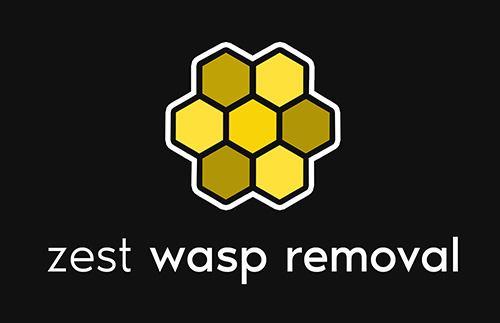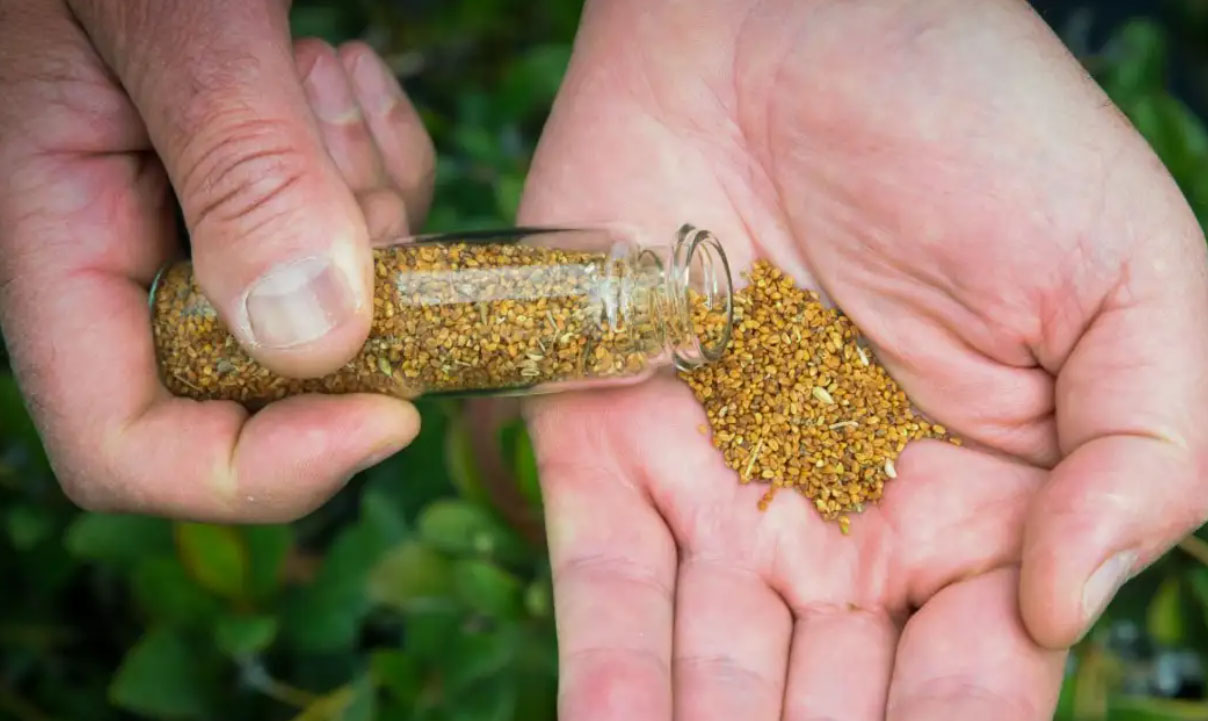Wasps, with their distinctive black and yellow markings, are fascinating creatures that play crucial roles in ecosystems.
However, when these flying insects establish nests in close proximity to human dwellings, they can become unwelcome guests.
In the quest for effective and environmentally friendly wasp control, researchers have turned to the intricate world of pheromones, the chemical messengers that drive communication among these social insects.
Pheromones are a powerful means of communication in the insect kingdom, and wasps are no exception. These chemical signals play a vital role in coordinating various aspects of their behavior, from mating rituals to foraging expeditions and territorial defense. Understanding and harnessing the power of pheromones offers a promising avenue for managing wasp populations without resorting to traditional, often harmful, chemical methods.
One of the primary functions of pheromones in wasp societies is to regulate colony activities. For instance, the queen produces a unique pheromone that helps maintain order within the colony by suppressing the development of other potential queens. This ensures that the existing queen remains the sole reproductive individual, maintaining the integrity and functionality of the colony. Researchers have exploited this phenomenon to develop pheromone-based methods that disrupt the hierarchical structure of wasp colonies, potentially leading to their collapse.
Pheromones also play a crucial role in marking food sources. When a foraging wasp discovers a suitable food supply, it leaves a chemical trail, or a foraging pheromone, for its nestmates to follow. While this behavior is essential for the survival of the colony, it can become problematic when wasps are attracted to human food sources, leading to unwanted encounters and stings. Scientists have been working on synthesizing repellent pheromones to divert foraging wasps away from areas frequented by humans, offering a safer alternative to traditional pesticides.
Furthermore, pheromones contribute to the intricate mating rituals of wasps. Female wasps release specific sex pheromones to attract males for mating. Understanding and manipulating these pheromones could offer a targeted approach to control wasp populations by disrupting their ability to reproduce. This approach, known as mating disruption, has shown promise in various pest control strategies, minimizing the need for broad-spectrum insecticides that can harm non-target species.
In the realm of wasp control, pheromones are not only valuable for disrupting normal colony activities but also for monitoring and trapping purposes. Pheromone traps, designed to mimic the scent of female wasps or their preferred food sources, can be strategically placed to attract and capture worker wasps. This not only helps in reducing the overall population but also provides valuable data for monitoring and research purposes. These traps can be an effective and environmentally friendly alternative to chemical insecticides, minimizing the impact on beneficial insects and other non-target organisms.
Despite the potential benefits of pheromone-based wasp control methods, challenges remain. Pheromones are often specific to particular wasp species, requiring tailored approaches for different pests. Additionally, the effectiveness of pheromone-based strategies can be influenced by environmental factors such as temperature and wind.
Nevertheless, ongoing research continues to refine and expand the use of pheromones in wasp control, offering a promising avenue for sustainable and eco-friendly pest management.

